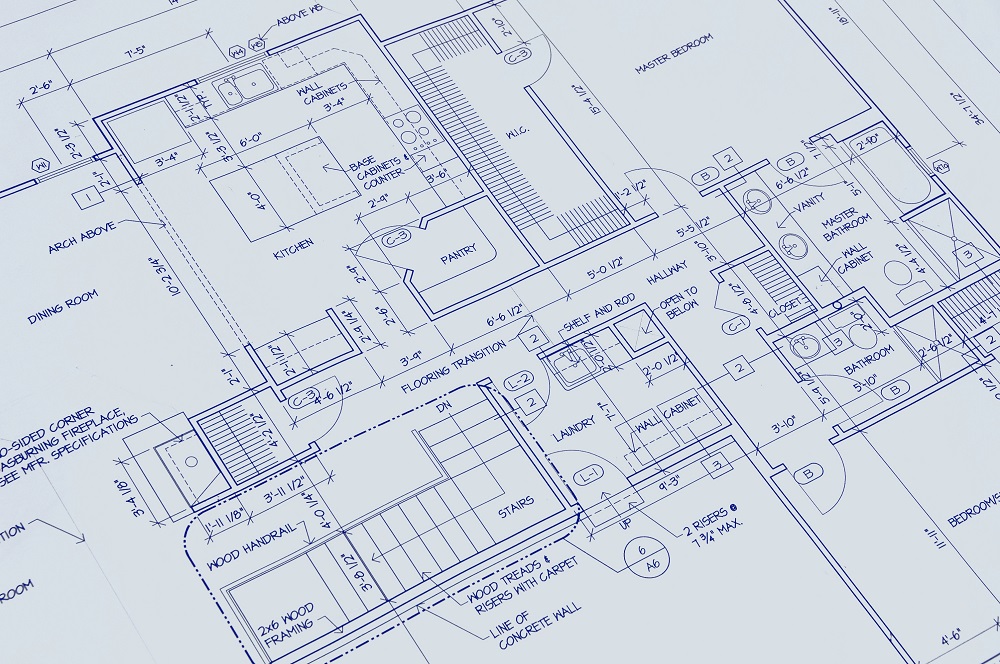Key Takeaways:
- Choosing a home builder software that aligns with your business needs is essential.
- Key features to look for in home builder software to enhance efficiency and productivity.
- The impact of software on project management, client communication, and budget tracking.
- Top suggestions for conducting thorough research and making an informed decision.
- Understanding the value of scalability, customer support, and integration with current systems.
In the rapidly evolving world of residential construction, managing projects effectively while delivering quality results is paramount. With the right homebuilder software, businesses can streamline operations, improve coordination, and ensure that every blueprint leads to a successful build. This comprehensive guide explores what it takes to find the home builder software that best fits your company’s needs—your blueprint for success.
Understanding Your Business Needs
Before diving into the sea of software options, it’s crucial to have a firm understanding of your business’s unique requirements. Consider the scale of your projects, the size of your team, your budget, and any specific challenges you regularly face. By identifying your business’s demands, you can filter through the plethora of software solutions with a clear objective: to find a platform that enhances your operational strengths and addresses your weaknesses.
Selecting Feature-Rich Software
Finding the best home builder software starts with assessing the critical features for your day-to-day management. Look for software that offers comprehensive project tracking capabilities, from scheduling to task assignment and progress monitoring. High-level budgeting tools are equally important, as they help maintain financial control over construction projects. Also, consider software that stimulates bid management, document storage, and quality control processes.
Project Management Efficiency
The project management component of home builder software should be robust and intuitive. It must facilitate a real-time view of your construction sites, labor schedules, and material deliveries. Seamless workflow management means potential issues can be identified and addressed promptly, preventing costly delays and ensuring project timelines stay on track.
Client Communication Platforms
Clear communication with clients is critical to successful project delivery and customer satisfaction. The ideal software will include an integrated customer relationship management (CRM) system that quickly updates clients, shares changes, and manages expectations effectively. This might consist of client portals for viewing progress, making selections, and approving changes, enhancing the collaborative experience.
Accurate Budget Tracking and Reporting
Homebuilder software should provide detailed financial tracking and customizable reporting features. Managing cash flow and profitability is paramount to overseeing your budget in real time and accurately forecasting expenses. Additionally, easy access to financial reports helps you evaluate project performance and make informed strategic decisions.
Conducting Comprehensive Research
Choosing software based on peer recommendations or marketing materials is tempting, but thorough research will ensure that the software aligns with your particular requirements. Take advantage of free trials and software demos; firsthand experience is invaluable. Read reviews, study case studies, and look into the post-purchase support provided by the software vendor to guarantee satisfactory long-term utility.
Evaluations and Comparisons
When evaluating options, don’t shy away from drawing direct comparisons. Features, pricing, user interface, and hardware compatibility are dimensions for comparing potential software picks. Lay out the pros and cons in a side-by-side comparison to make the contrasts stark and the decision easier.
Seeking User Feedback
Talk to current users to glean insights into the software’s efficacy and reliability. Experiences shared by peers can shed light on the nuances of the software that may go unnoticed in a demo environment. Pay particular attention to feedback regarding the software’s learning curve, overall performance, and vendor responsiveness to issues.
Scalability and Future-Proofing Your Investment
With the growth and evolution of your business, the home builder software you choose should be capable of scaling up. Anticipate future needs and ensure the software can accommodate additional users, complex projects, or new integrations. A future-proof investment grows with you, preventing the need for costly and disruptive migrations to a new system down the line.
Integration with Existing Systems
A key consideration is how well new software will integrate with your current operating systems. Look for software that offers seamless integration with your existing toolset. This can range from accounting software to design applications, which are vital in construction. Cohesive integration saves time, reduces errors, and leverages your existing technological investments.
Support and Training Offerings
An often underappreciated aspect of software selection is the level of support and training the vendor offers. Comprehensive support services, including troubleshooting and regular updates, are critical for smooth operations. Moreover, robust training materials and resources ensure that your team can maximize the software’s potential, increasing productivity and user satisfaction.
Finalizing Your Choice
When the research is done and comparisons drawn, it’s time to make the final choice. Assess each software option’s value to your organization and weigh it against the investment required. Consider the immediate benefits and the long-term impact on your business’s operational excellence. The software you choose will be the cornerstone of your construction management efforts; the right choice will serve as a blueprint for success.
In conclusion, the quest for the perfect homebuilder software is not just about streamlining current processes—it’s about laying the foundations for future achievements. The software you select should fit like a glove and strengthen every aspect of your building process while preparing you for the challenges and opportunities of tomorrow’s building landscape.

